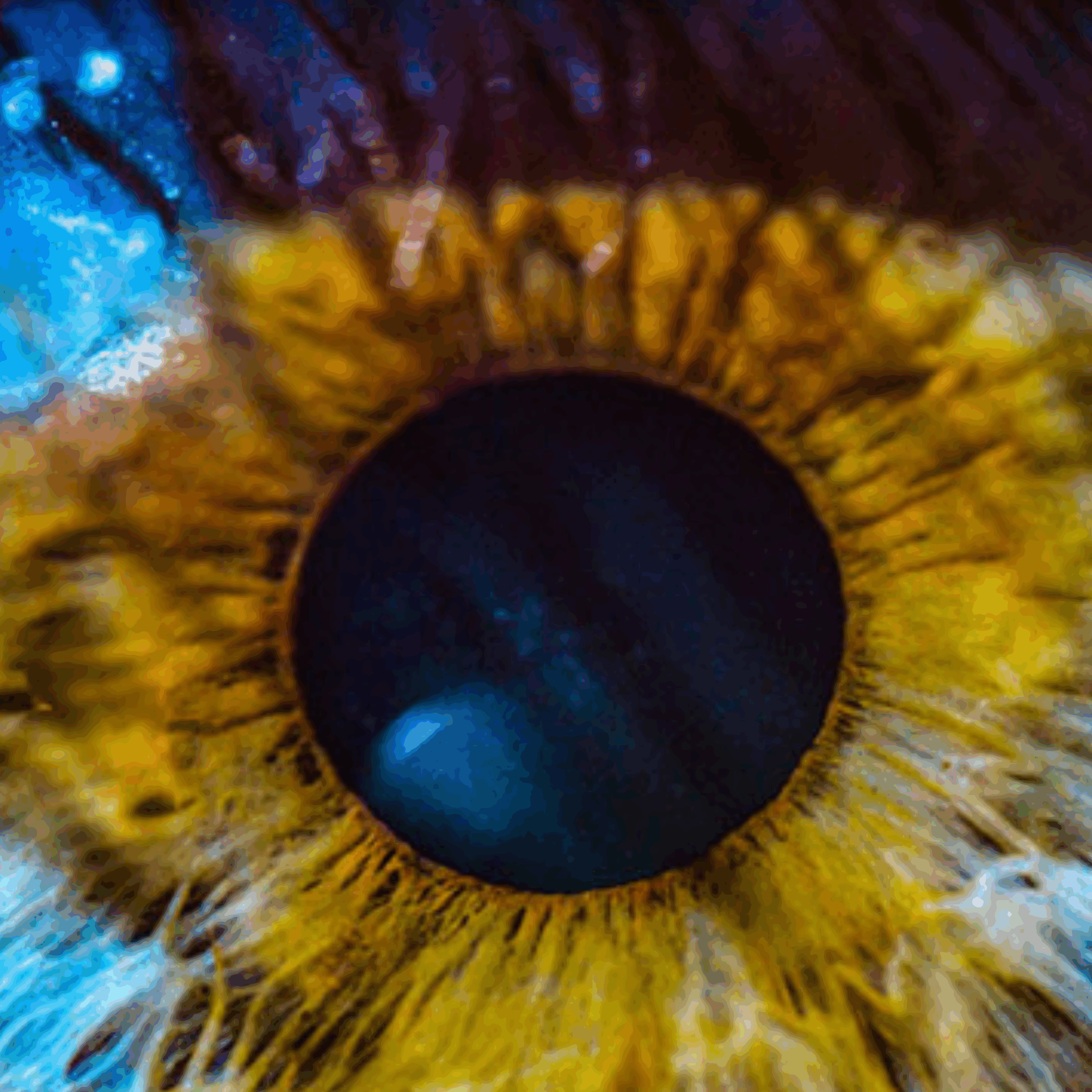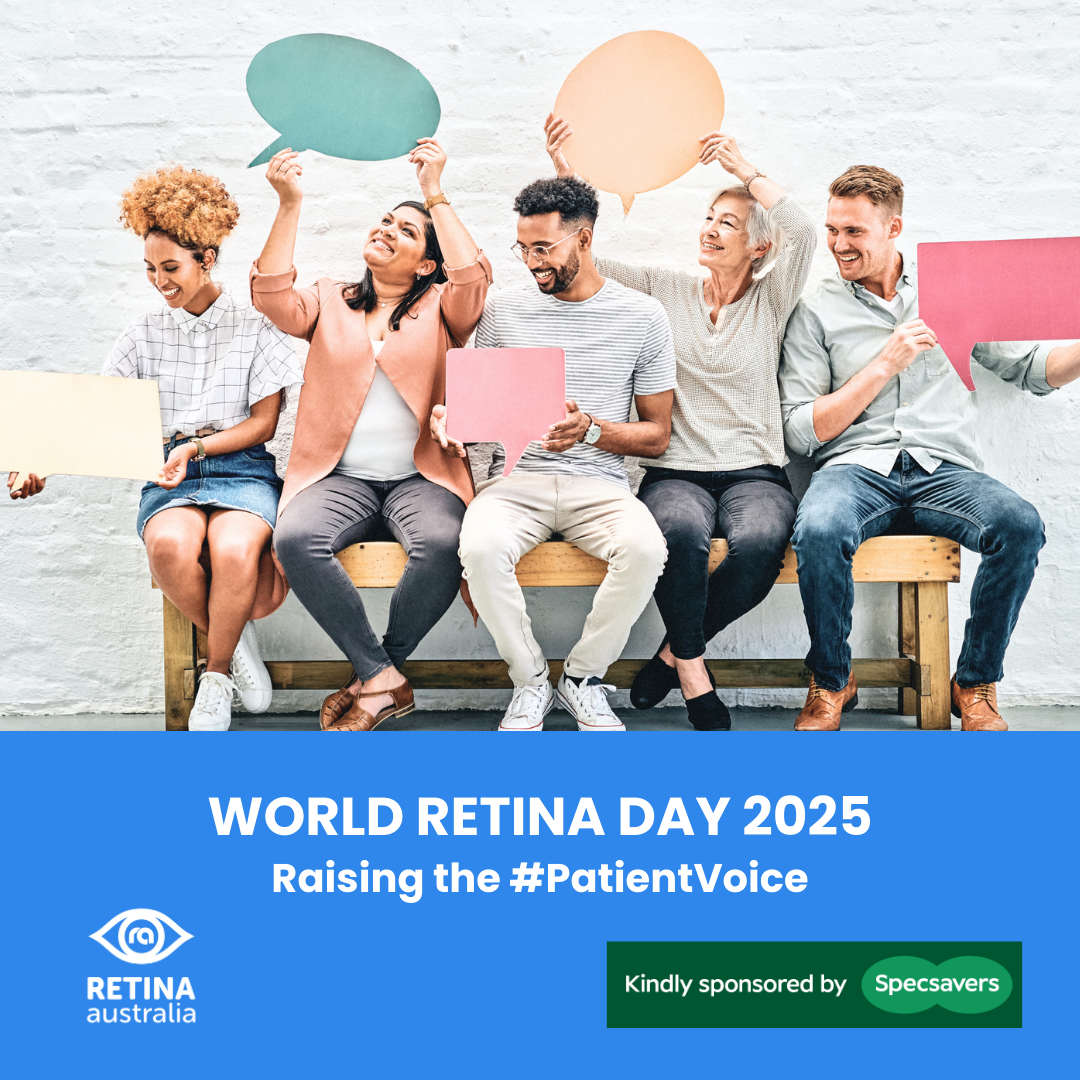20 May, 2024
Hot Off The Press
- All_Aboard app assists blind and visually impaired commuters in finding bus stops
Researchers in Massachusetts have developed an app to help the sight impaired find bus stops. They say it has a 93% success rate as opposed to Google Maps 52%. The “All aboard” app is currently working in 10 major cities in the US, Canada, UK and Germany, so hopefully it will soon come to Australia. -
Printable Retina Technology Promises to Restore Colour Vision for AMD Patients
And if it works for AMD, then hopefully, it can also work for IRDs.
Tiny flexible solar panels made of organic semiconductors are implanted in the eye and send colour signals down the optic nerve to the brain. This has previously worked to give vision in black and white, so to have vision in colour is a big exciting step forward.
-
What? Transplant a whole eye?!
After a 1 million USD philanthropic donation, doctors and researchers in Miami are ambitiously planning to transplant a real whole eye! Unsurprisingly it will need bionic modifications. The eye will likely include an electronic chip, gene therapy to prevent allograft rejection, stem cell therapy to replace degenerating eye tissue and electronic connections to the brain.
“Optic nerve regeneration and reconnection are far from the only challenges to a successful eye transplant.” They said. “On the surgical side, the donor eye tissues must be removed and transported to the recipient. Microsurgery and oculoplastic procedures place the eye in the right position, reconnect the muscles and restore blood flow through the capillaries and veins”.
It seems fantastical but clearly they think they have a good chance of making it work.
-
ZIP7 proteins and fruit fly ovaries……!
Research into the humble fruit fly ovary (!) has incidentally uncovered a protein which is common to many animals including humans. ZIP7. The fruit fly researchers have discovered that ZIP7 is critical to the way that cells dispose of malformed proteins which otherwise clog up cells and kill them. ie it helps the cells dispose of their rubbish.
The researchers found that increasing the amount of ZIP7 in fruit flies’ eyes led to a massive improvement in photoreceptor function in Fruit flies with Retinitis Pigmentosa. (who’d have known that a fruit fly could get RP???!). And the extra ZIP7 also increased the life span of the fruit flies. A big spin-off study is now being launched to test the effectiveness of ZIP7 treatment in human retinal cells. ……… This is an extraordinary finding and could also be relevant to many other diseases… and I have no doubt that the anti-aging researchers will be all over it…..
-
Lebers’ Congenital Amaurosis is the leading cause of blindness in children under 10 years old. A recent Phase 1/2 study involved editing one of the faulty genes (p.Cys998X) which causes retinal degeneration in LCA. This single gene variant accounts for 75 % of the disease in the USA. The deficiency of one molecule disrupts normal ciliary action in photoreceptors. The gene therapy treatment appeared safe, and led to an improvement in photoreceptor function, but didn’t translate as well as hoped to better vision. Further study is needed.
That’s all for now folks.
I will look forward to the next journals dropping into my in-box and telling me about exciting, evolving treatments so that I can pick out the most useful bits and share them with you all.
Warm regards
Cathy
Guest writer – Dr Catherine Civil
My name is Dr Catherine Civil. I have been associated with Retina Australia since the early 2000s. At that time, they were called WARPF, or the WA Retinitis Pigmentosa Foundation. WARPF were raffling a car in a shopping centre, and it caught my eye because my dad and my uncle both had Retinitis Pigmentosa. Being a doctor and a parent, I had a particular interest and awareness, not just of the disease, but of the fact that there was a significant risk that I or my children or my relatives might have inherited it.
I turned up at an AGM and found myself on the Board and engaged in fundraising. I spent several years on the Board and met some wonderful people, and I was even Chairman for a couple of years. When I left, I started writing the “Hot off the Press” research update column for the newsletter.
I arrived from the UK in the early 1990s with my husband and twin baby girls to live in Perth for a year for a bit of sunshine and fun, and we find ourselves still having fun in WA 30 years later, and with a grown son as well.




